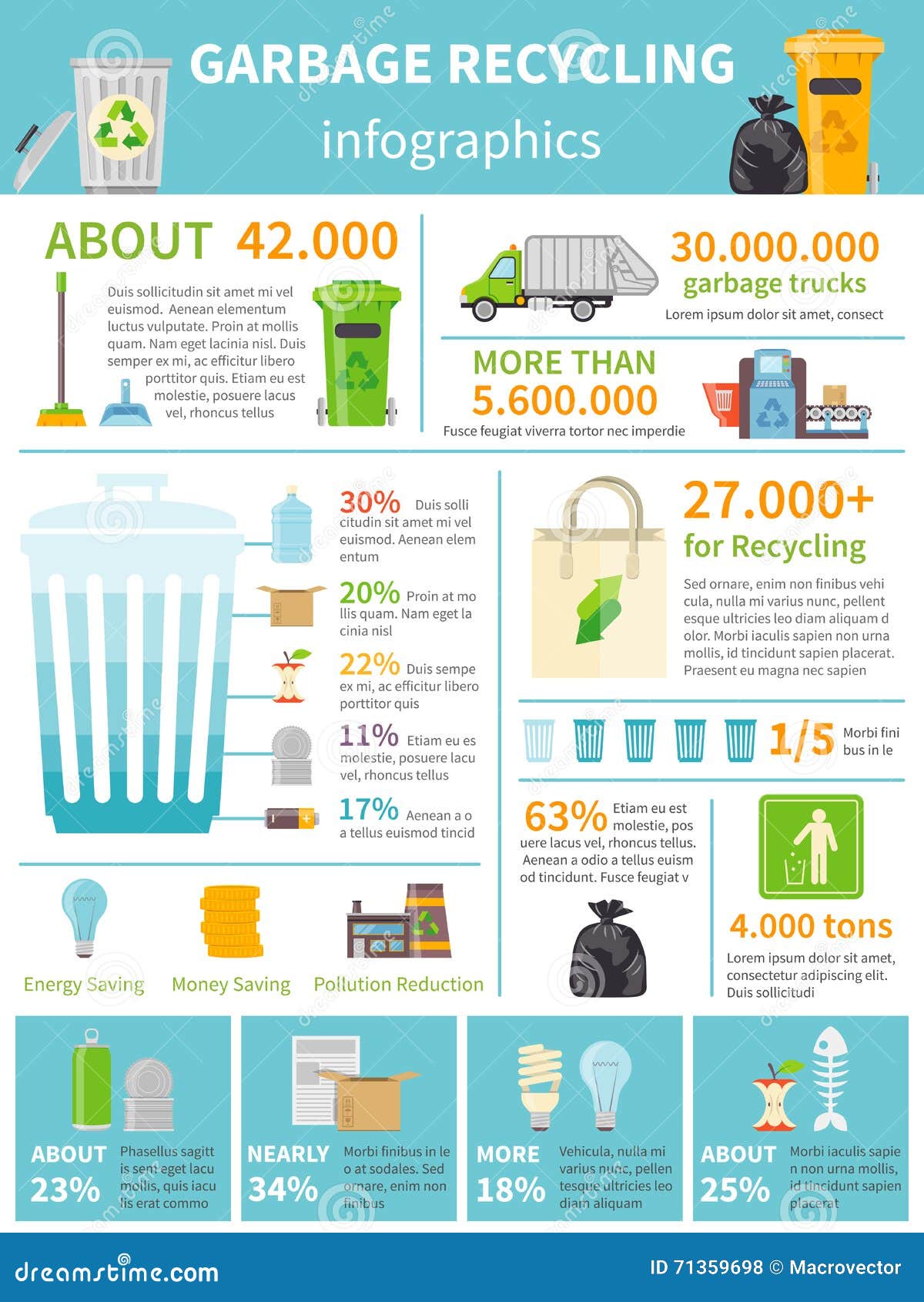Selecting The Ideal Dumpster Size For Your Project: An Extensive Overview
Selecting The Ideal Dumpster Size For Your Project: An Extensive Overview
Blog Article
Content Author-Sparks Fisher
When embarking on a task that requires a dumpster, the dimension you pick can greatly affect its performance and cost-effectiveness. Picture having the ideal container that suits all your waste without being excessively big or also little. It all beginnings with understanding the nuances of your task and selecting a dumpster dimension that lines up with your certain requirements. So, before you make a decision, consider the factors at play to ensure a smooth waste monitoring procedure from beginning to end.
Elements to Think about
When choosing the ideal dumpster dimension, there are numerous key factors to think about.
First, consider the type of waste you'll be taking care of. Different products might require varying amounts of room, so comprehending what you'll be putting in the dumpster is vital.
Next off, analyze the amount of waste you anticipate to generate. If you undervalue the volume, you might require to make multiple journeys to throw away whatever, which can be inconvenient and pricey. On the other hand, renting a dumpster that's too large can cause unneeded expenses.
In addition, think about the area where the dumpster will certainly be placed. Guarantee there's enough room for the dumpster to be provided and gotten with no obstructions.
Last but not least, consider any kind of weight restrictions that might apply. Exceeding the weight restriction can cause added charges or perhaps the refusal of service.
Dumpster Size Alternatives
For selecting the ideal dumpster size, it's vital to have a good understanding of the readily available alternatives. Dumpster dimensions commonly range from 10 to 40 cubic backyards, with variants in between.
Roll Off Dumpster Rental Cost -yard dumpster is suitable for little jobs like a garage cleanout or a tiny restoration. If you're taking on a medium-sized project such as a kitchen remodel or a basement cleanout, a 20-yard dumpster might be the appropriate option.
For larger jobs like a whole-house renovation or industrial building and construction, a 30 or 40-yard dumpster could be better to accommodate the volume of waste produced.
When deciding on Dumpster Rental Cheapest , think about the amount and type of debris you expect to get rid of. It's better to choose a slightly bigger dimension if you're unsure to avoid overfilling. Remember, it's even more affordable to lease a dumpster that fits your needs as opposed to having to get an additional one.
Matching Size to Project
Efficiently matching the dumpster size to your project is critical for efficient waste administration. To establish the appropriate size, think about the scope and nature of your job.
For tiny family cleanouts or improvements, a 10-yard dumpster might be adequate. These are generally 12 feet long and can hold around 4 pickup truck loads of waste.
For bigger tasks like redesigning multiple spaces or removing a big estate, a 20-yard dumpster might be preferable. These are around 22 feet long and can hold around 8 pickup truck lots.
If you're dealing with a significant building and construction task or commercial improvement, a 30-yard dumpster could be the very best fit. These dumpsters have to do with 22 feet long and can suit regarding 12 pickup truck lots of particles.
Matching the dumpster size to your project ensures you have sufficient area for all waste materials without overpaying for unused ability.
Conclusion
To conclude, picking the appropriate dumpster size for your project is critical for effective waste disposal. By taking into consideration factors like the kind and quantity of waste, space accessibility, weight restrictions, and budget plan restrictions, you can ensure you have the suitable size dumpster for your needs. Make sure to match the size of the dumpster to the scope and nature of your job to avoid overspending on unnecessary costs.
